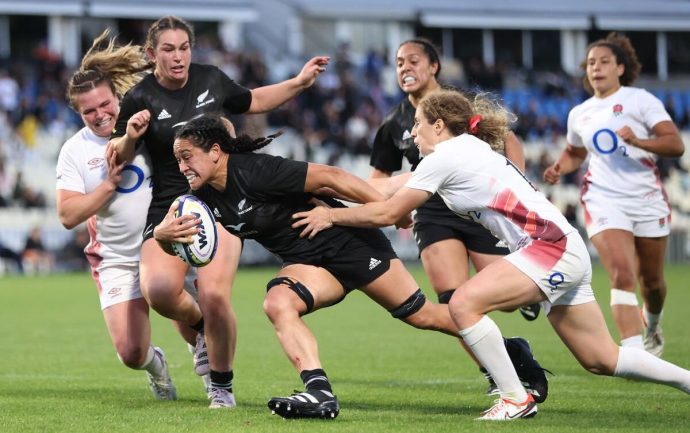The choice of Ashton Gate Bristol to host both RWC semi-finals is debatable on five counts:
1 They might have been offered to two different grounds, thus giving more people the chance of attending without having to make so long a journey.
2 It adds to the unexplained preference for west country venues.
3 Once more we will have to accept the use of a football stadium. Till now the groundstaff have proved unable to find a way of removing football-pitch markings, which are misleading for players, officials and watchers. No doubt the same is true when it reverts to use by Bristol City.
4 The official statement makes the point of including Ashton Gate’s capacity, 27,000. Set against gates of the past, that is a formidable number. But it doesn’t bear comparision with other figures, both established and hoped for: 28,000 for the France-England in Bordeaux and 44,000 for England-Ireland at Twickenham this year, then the whopping 58,000 last year. The RFU have been aiming to fill HQ for the World Cup final, preferably involving their favourite team, for quite a while.
5 Even the quarter-finals are being limited to the south-west corner of the nation. Ashton Gate will share the honour with Sandy Park, Exeter.
Since Sarah Massey, managing director for Rugby World Cup 2025, expects an ‘unprecedented demand’ for tickets, we are left wondering why Sandy Park has been chosen again, when it can hold fewer than 16,000 spectators.
Here’s a reminder of the other grounds hosting RWC matches: Sunderland, Stadium of Light* (48,707, for England’s opening game), Brighton and Hove Albion Stadium* (31,800), Franklin’s Gardens,
Northampton (15,153) Salford Community Stadium (11,404) and York Community Stadium* (8,500).
One reason for their choice in December last year was the geographical spread they offered. Three of them (asterisked) aren’t even rugby union grounds. When they were announced, it was claimed that 95% of fans lived within a two-hour journey of one of the eight of them. They would ensure the most accessible RWC ever.
That percentage now drops alarmingly for the two showcase games.
Those were the factors deemed important. Now we revert to the familiar need for fans from distant parts of the country to travel to the deep south-west for the biggest English event since the 2010 World Cup. In those days ambitions were far more restricted, with pool-matches at Surrey Sports Park, Guildford, and the final at the Stoop.
We can be certain of record-breaking ticket-sales. It’s just a pity that the open-handed principles guiding early decisions have been discarded.
Tickets for the first and last matches go on sale on 24 September; the remainder in October.









